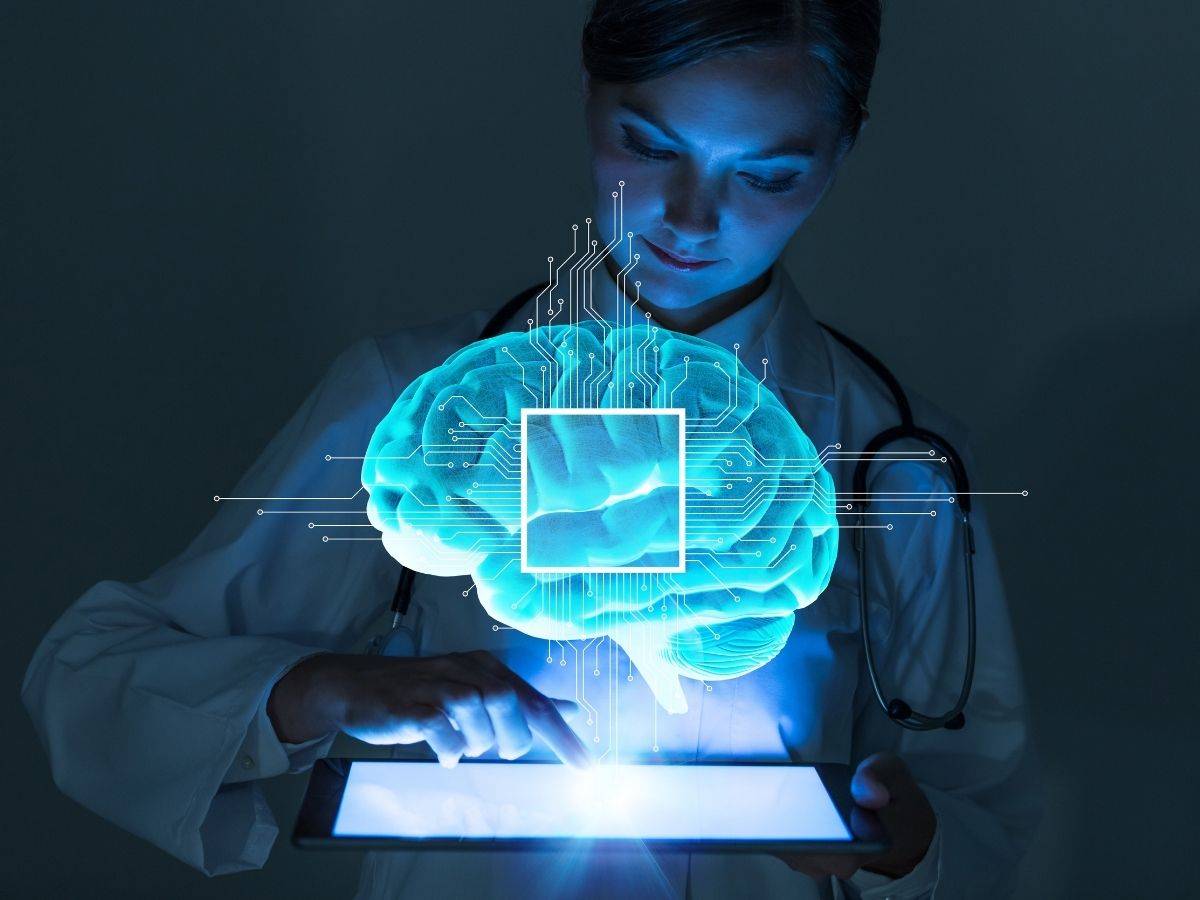In 2024, Artificial Intelligence (AI) continues to develop at a rapid pace, and its impact on our lives is increasingly apparent. Are we heading towards the so-called General Artificial Intelligence (AGI), which could think and act just like a human?
AI and AGI
Artificial Intelligence (AI) and General Artificial Intelligence (AGI) are two fundamentally different concepts. AI, in its current form, focuses on specialist tasks and is designed to perform specific functions such as speech recognition, image analysis, or playing chess. In contrast, AGI refers to the level of general adaptation and learning ability in various fields, aspiring to achieve a level of intelligence comparable to human intelligence, but not necessarily a full replica of human thinking and action.
The main differences between AI and AGI are:
- The range of abilities: AI is generally limited to performing specific tasks, while AGI is capable of performing any task.
- The level of knowledge required: AI requires a huge amount of training data to learn to perform a specific task, while AGI can learn new things in a simplified form of training.
- Level of intelligence: AI is typically less intelligent than a human, while AGI is capable of thinking and acting similarly to a human.
Are we heading towards AGI?
Currently, AI is still in the development phase, but we are observing many trends that suggest we are moving in the direction of AGI. One of the most important trends is the development of multimodal models. These models can process and analyze diverse types of data, such as text, images, and sound, thereby better mimicking human information processing abilities.
An example of such a model is Gemini, created by Google’s DeepMind. It can process written materials, images, and sound, as well as generate text, translate and write various types of creative content. Although Gemini is still in development, it already performs many tasks requiring human intelligence. This publicly available model is the closest we currently have to AGI,” notes Maria Kabacińska-Mikołajczyk, AI & ML Product Manager at SoftServe.
Beyond the development of multimodal models, we also see a trend in creating more specialized AI models focused on specific fields, such as medicine or precise natural language processing (NLP). Such models are more effective in performing specific tasks than general AI mechanisms.
Increased work productivity is another significant trend in AI development. Companies are increasingly using AI for task automation, process optimization, and decision making.
“There is also a growing availability of open-source AI models, which are available for implementation in various environments. These models give users more control and flexibility in using AI, reducing dependency on cloud solutions from large providers,” adds Maria Kabacińska-Mikołajczyk.
Prospects for AGI development
Creating full AGI might seem like a distant future prospect, but there are ample reasons to believe it is possible. Machine learning technology is developing rapidly, and scientists and engineers are continuously creating new methods that could help us build AGI.
If this plan succeeds, it would represent a groundbreaking shift in human history. AGI could help us solve many problems currently deemed unresolvable. For example, AGI could assist in developing new technologies that would reduce greenhouse gas emissions and protect the environment.
“Although AGI is still a distant goal, existing technological trends lay the groundwork for optimism. However, achieving AGI also carries a number of challenges, both technological and ethical. We need to consider the consequences of creating machines with intelligence comparable to humans, including potential impacts on the job market, privacy, security, and moral responsibility. In 2024, our understanding and approach to these issues will be as important as technological achievements,” predicts Maria Kabacińska-Mikołajczyk.
2024 promises to be a period of intensive development in the field of artificial intelligence (AI), possibly bringing us significantly closer to achieving General Artificial Intelligence (AGI). AGI’s possibilities have the potential to revolutionize all aspects of our lives. As technology advances, understanding their consequences and how we approach them will be as crucial as the innovations themselves.
